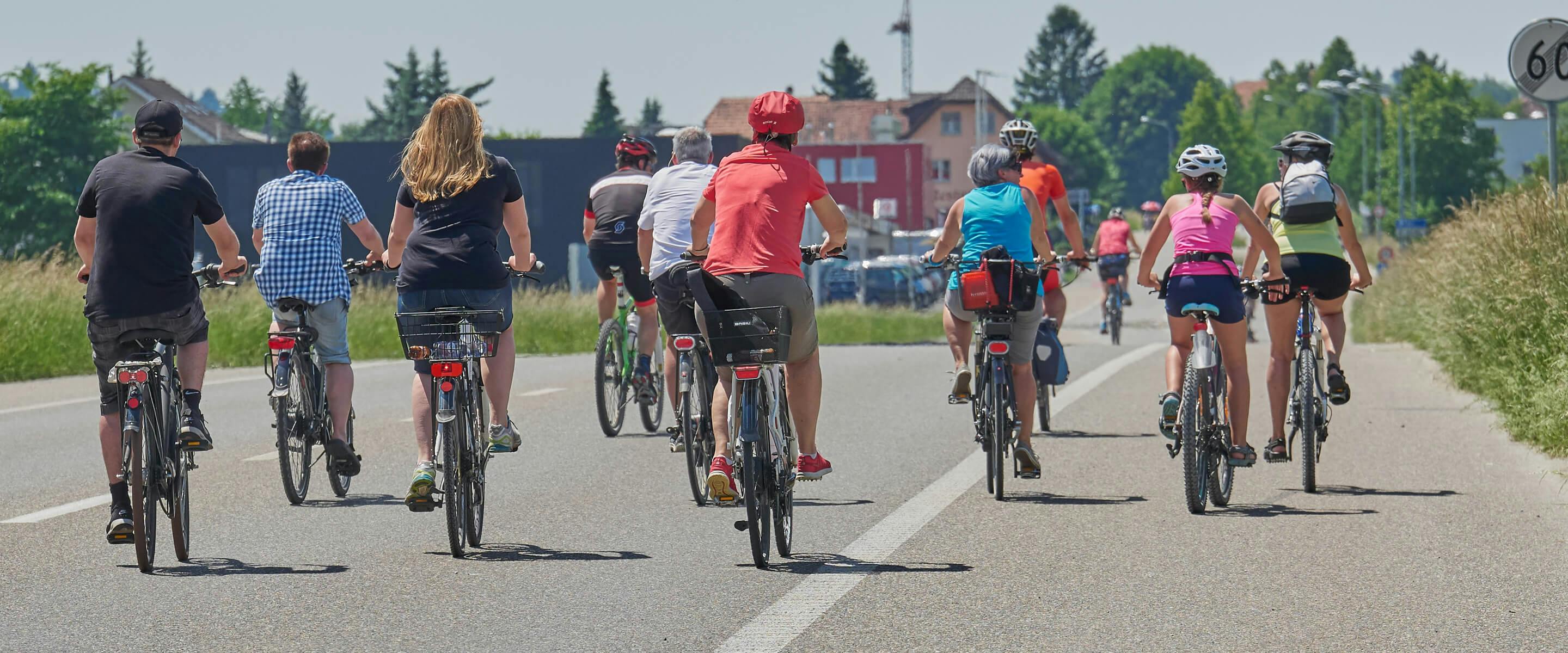
Not so long ago, property managers could buy a couple of multi-exercise machines, a treadmill, and a stationary bike, and put them in a room with mirrors and a TV to create a perfectly functional fitness room. However, that's barely the minimum now.
Residents' Expectations for a Fitness Center
Communities are cultivating new fitness experiences in their health centers that on par with local fitness clubs in delivering an exceptional destination outside of the home. In some higher-end communities, they've even invested in virtual reality machines, guest fitness experts, community league sports teams, nutritionists, and residential fitness programs of every stripe.
If it's been a while since you gave your community fitness center and activities an overhaul, it's probably time to pick up the pace.
Take a close look at your fitness center. Are people using it regularly, or is it typically a lonely place, even during what should be peak hours? If people aren't using it regularly, there's likely a disconnect between your community association fitness center facility and the residents.
Exercise never goes out of style, but techniques and fads come in and out of favor. Who would have thought 20 years ago that CrossFit and HIIT would become the next trends?
According to the Sports Club Association, 25- to 34-year-olds are the most likely to maintain a private gym membership, although you must consider the fitness needs of all current and prospective residents. Indeed, you will have sales made or broken when the agent shows off the community fitness center.
Desirable Equipment, Benefits, & Services
What do residents want and expect? You can answer that question by walking into your a major fitness center in your area that has been effective in marketing to your demographic. Here are some examples:
- Classes and fitness experts that follow the latest trends
- Cardio machines with personal entertainment options
- Built-in fans and climate control to keep people cool while they're working out
- Enjoyable ambience with aesthetic yet functional lighting and subtle fragrances
- A mix of cardio/endurance and strength training equipment
- Secure access and good visibility: Young women do not want to be exercising alone in an isolated area of the property
- Outside views, for both aesthetic and safety reasons
- Healthy food stations (salads, smoothies, protein shakes)
Managers should also bear liability issues in mind: While dedicated weightlifters and bodybuilders much prefer a wide selection of free weights, this can also present more liability to the association than Nautilus-style weight machines.
Add Value for Residents with Small Group Training and Classes
With a little creativity, community association managers even have the chance to carve out a niche for themselves that large fitness centers are having trouble serving and competing properties aren't catering to at all: Small group fitness training.
Your big gym down the block is very good at filling a class with 30 or 40 fitness enthusiasts, but that can be a turn-off to the shy or out-of-shape.
That's where small group training comes in. People can come together for a small group workout around a new fitness trend with friends and neighbors under the tutelage of a knowledgeable coach. The trainer's hourly rate is split several ways, so a great, fun workout can cost just a few dollars each and the group is small enough to manage in a reasonably-sized fitness room or common area. It also enables the trainer to provide more individualized coaching than you could access in a class environment.
Your community association could contract with a trainer for next to no money (the trainer handles collecting his or her own fees, or you could do it via a sign-in sheet at the front desk).
Some other ideas include the following:
- Have a freelance instructor conduct yoga, Zumba, Pilates, or fitness "boot camp" programs. (Ensure that any instructors you use carry their own liability insurance, which helps to protect both you and your residents.)
- Consider allowing a freelance personal trainer to work with residents on-site or if demand is sufficient, consider hiring one.
- Promote fitness activities and community spirit by encouraging contests and activity clubs within your community.
Additional Tips for Creating a Successful Fitness Center
For your newly revamped fitness center to be successful in your community association, it's important to regularly inform your residents and hire knowledgeable staff. You've put in all this work—you want people to use it regularly and properly now.
- Don't forget to feature your awesome fitness center in brochures and in photos or virtual tours on your website.
- Consider a "fitness trail" around your property, with calisthenic stations and fixed benches and equipment at various spots around the grounds.
- Ensure that your leasing staff is trained on the specific benefits of the center; how to use each piece of equipment; and basic safety guidelines.
- Share your schedule of fitness events on social media regularly, as you'll need to promote the fitness center within the community to motivate your residents to join in.
